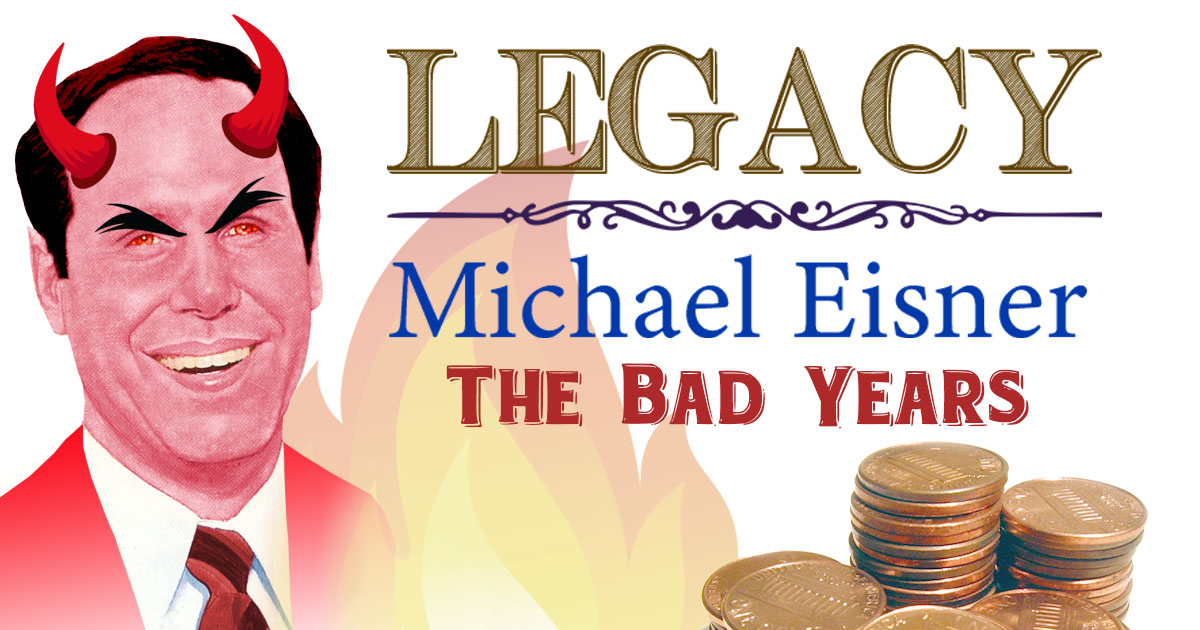
Part Two: The Bad Years
Read part one here, Eisner wasn’t all bad after all.
Happy families hustle through Disneyland on a beautiful Christmas Eve in 1998. The park is festooned with holiday ornamentation and flourish while Christmas tunes waft through the air. It’s an idyllic setting offering a tranquil respite from the outside world, precisely what joyous guests visit Disneyland for. It is about to come crashing down.
While waiting to board the Sailing Ship Columbia, one of the tamest rides at Disneyland, a 34-year-old man and his wife were horrifically struck in the head and face by a huge piece of metal, flung from the ship, hurling at them with catastrophic speed. The steel cleat was intended to secure the ship to the dock, instead it was violently torn from the hull and catapulted into the crowd killing the man and disfiguring his wife. It stands as one of the most abhorrent events in the history of the parks, and it was totally avoidable.
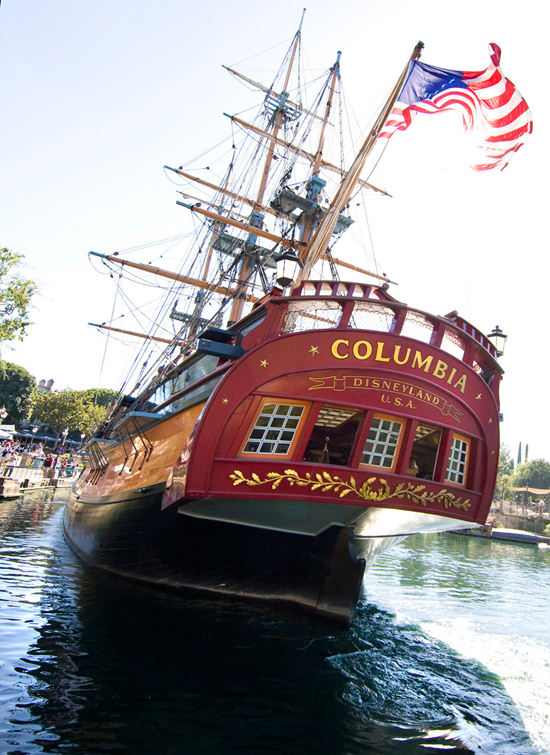
It is uncomfortable to discuss this tragic event but we must as it illustrates just how drastically the Disney company had turned under the leadership of Michael Eisner. The man that saved Disney was now making one bad decision after another, choices that would alter lives, tarnish his legacy and have long-term affects on the company.
For ten years Eisner expanded Disney taking the company to new and hitherto unheard of heights. However, in the mid 1990’s confluences of events derailed Eisner’s train of success turning him into a runaway locomotive.
Long jealous of Tokyo Disney’s riches and frustrated by being left out of the profits, Eisner vowed to create a new international resort. This one would largely be owned by Disney; Euro Disney would be the ultimate expression of what Eisner could achieve.
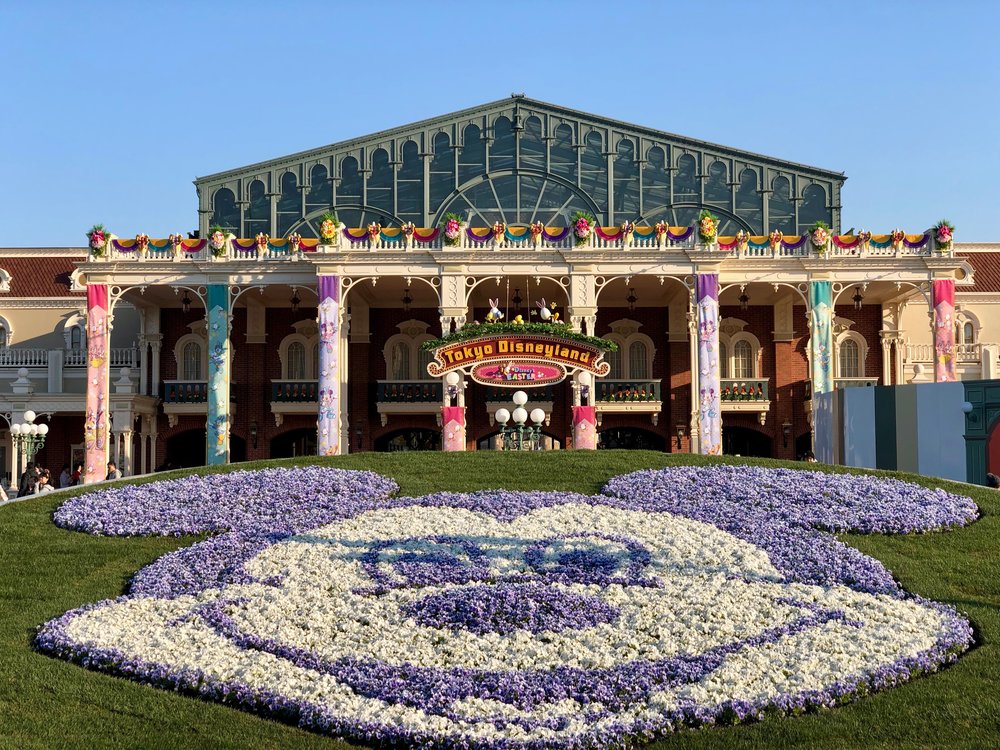
Choosing to go against the advice of his experts Einser opted to build his new resort near Paris France instead of in southern Spain. Spain offered a year round warm weather local and boasted much of the needed infrastructure to support it. However Eisner viewed Paris as a “prestige” location more suited to the level of resort he envisioned.
Eisner in fact wanted only the best for his new pet project: the best location, the best designers and the best architects. Viewing himself as a modern Medici Eisner had garnered great acclaim for his support of architecture and famous architects. These “Starchitects” included some of the most well respected, and expensive designers of the day. Disney had previously built a slew of high profile buildings to great acclaim. Applying this same logic to the new European resort Eisner shunned the in-house designers from Imagineering opting instead for a bevy of international hot shots.

Eisner’s hubris allowed past success to cloud his judgment. He envisioned a Walt Disney World resort replicated in France. Against all logic the Euro Disney Resort opened with one park but seven large hotels. Six of the hotels were designed by expensive out of house architects, many of them throwing traditional Disney theming out of the window proceeding instead with abstract conceptual ideas. By comparison Walt Disney World Resort opened with two hotels, both exceptionally well themed, and one smaller niche hotel.
Central Florida in the early 1970’s was not a tourist destination; those visiting Walt Disney World were doing so expressing to enjoy it. Euro Disney however sat a short distance from Paris, one of the most famous, beautiful and stylish cities in the world. Eisner’s decision to build in France gave it overwhelming competition from the city itself. At best the resort was considered a one day side-trip from Paris, and so the thousands of hotel rooms built by Disney were largely uncompelling and unnecessary.
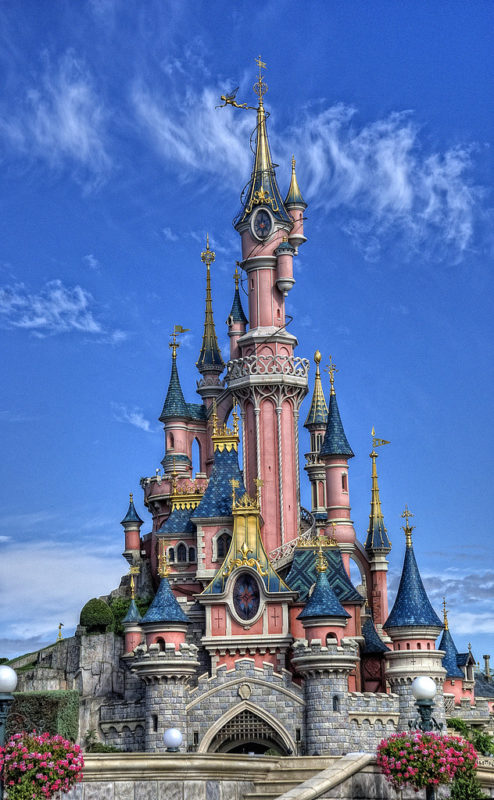
It was more than just the overbuilding of hotels that doomed Euro Disney. Eisner misjudged almost every aspect of how the resort would be received, what was important to the European guests and how Disney as a company was viewed internationally. From small things like not serving wine in the park or embarrassingly mangled attempts to speak French, to larger issues such as an ongoing labor strike and poor marketing, Eisner made all the wrong moves.
The park itself was beautiful, the Imagineers did a wonderful job of creating a familiar yet new take on the Magic Kingdom and overall guests enjoyed the park. The sole successful hotel was also the only one designed by Disney. However the resort as a whole failed to draw as many visitors as expected. Those who did visit had different spending patterns than Americans and Japanese. Europeans purchased less merchandise and food than Disney anticipated and few stayed on property; the huge expenditure on hotels became a drag on the bottom line.

The park itself also failed on one promise: It was not large enough. With only a handful of major attractions visitors easily saw the entire park in under a day. Eisner saw a financial disaster and an ego crushing embarrassment. Soon Euro Disney was the butt of late night jokes and a serious financial issue. Disney threatened to shutter the resort; they went through several rounds of restructuring loans, brought on new investors and changed the name to Disneyland Paris. It was a debacle that informed the next decade of Disney theme park development. The tide had turned and Eisner was no longer a fan of the parks.
Despite the carnage occurring in Paris other sides of the business were still doing well. This changed when Frank Wells, president of the Walt Disney Company and very much Eisner’s equal, died in a helicopter crash almost exactly 2 years after Disneyland Paris opened. Wells was a stabilizing force for Eisner, it is often said that he was Roy against Eisner’s Walt. Wells was not keen to be in the limelight and preferred to oversee things from backstage. Wells was the one person who could keep Eisner in check, when he died Eisner was left to make decisions on his own.
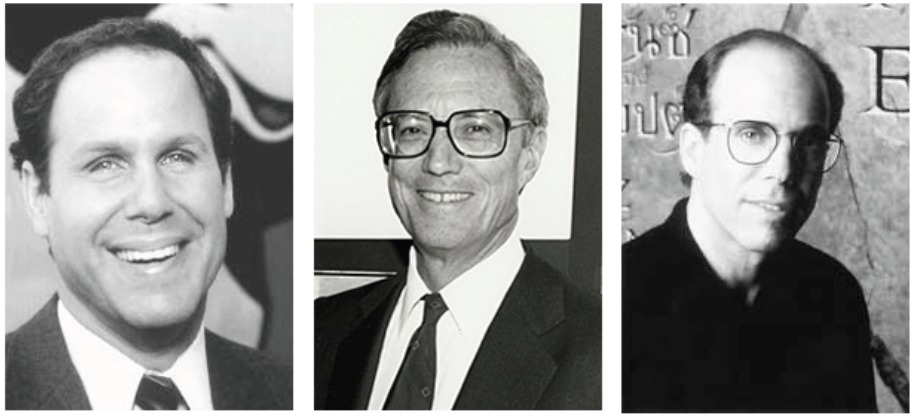
Wells passed away, Katzenberg ran away and Eisner faded away.
Volumes have been written about the impact these events had on both Eisner and the company, but from this time forward, virtually exactly midway through his tenure as CEO, Eisner floundered.
Fearful of repeating the mistakes of Paris Eisner dramatically cut costs on all other park projects. Long gestating plans for parks in California, Hong Kong and France were put on hold or radically reduced in scale. The second California gate, originally a new version of EPCOT and later a majestic park that eventually became Tokyo Disney Sea, morphed into a dinky park based on tourist attractions within California. Hong Kong Disneyland got cut to about a quarter of the original plan. Most horrifically was the ill-fated second gate in Paris, deservant of its own dedicated post Disney Studios Paris remains the single worst park in Disney history. Ironically one of the main problems of Euro Disney, the lack of major attractions, was repeated at each of these new parks.
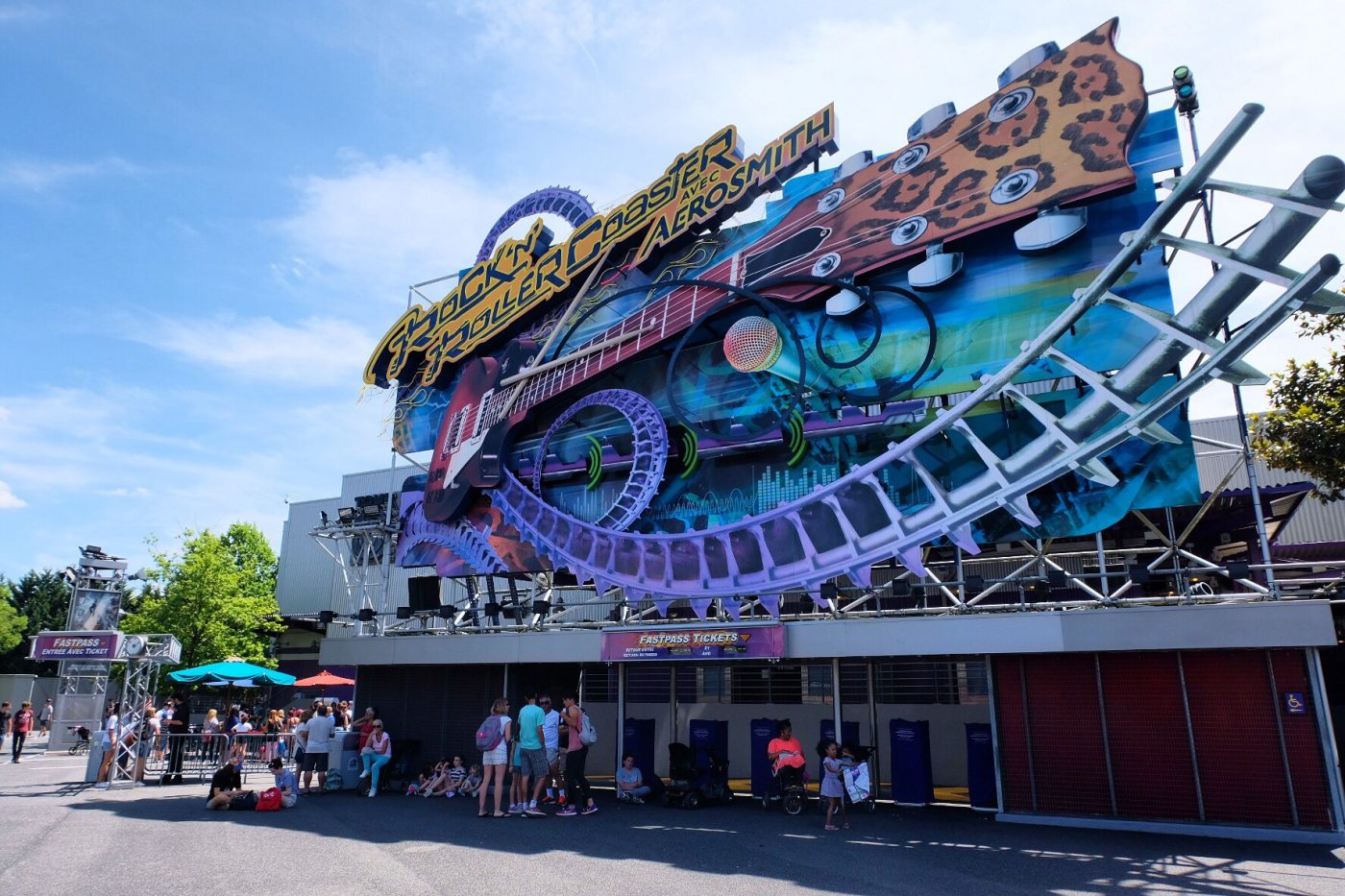
Still unhappy with the shrinking returns Eisner made even deeper cuts. Those running the parks (a group of executives with little park experience) were pressured to make previously unimaginable reductions to daily maintenance and upkeep. Even safety measures that used to be routine were scaled to the bare minimum.
On that fateful Christmas Eve in 1998 the Sailing Ship Columbia was in a sad state of disrepair due to deferred maintenance. Staff cuts left an untrained manager who was not familiar with proper safety protocols working the dock. As the ship entered the unload area the manager incorrectly attempted to tie the vessel off. Under normal circumstances the mooring rope would have broken, on this day however the rope was attached to a cleat mounted to rotting wood. The heavy cleat tore from the ship slinging it into the crowd and ultimately devastating a family. Lives were destroyed because of short-sided cost-cutting decisions made at the very top of the company.
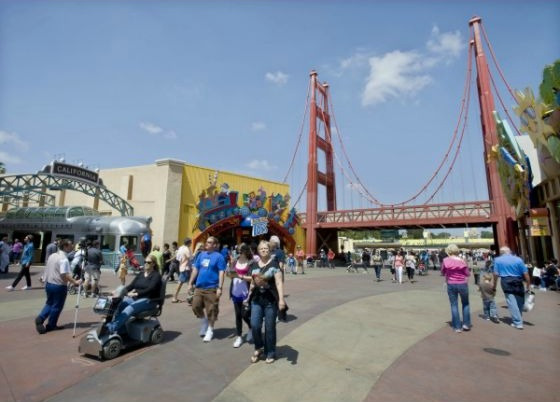
These were dark days for Disney across the board.
The parks were disasters; budgets were demolished, cheap off the shelf attractions were erected and in some cases entire parks designed only to save costs.
Eisner tried to wring blood from stones creating quick and inexpensive sequels to many of the animated classics. These direct to video movies were so poorly made that they sullied the history of the source material and caused confusion in the market place.
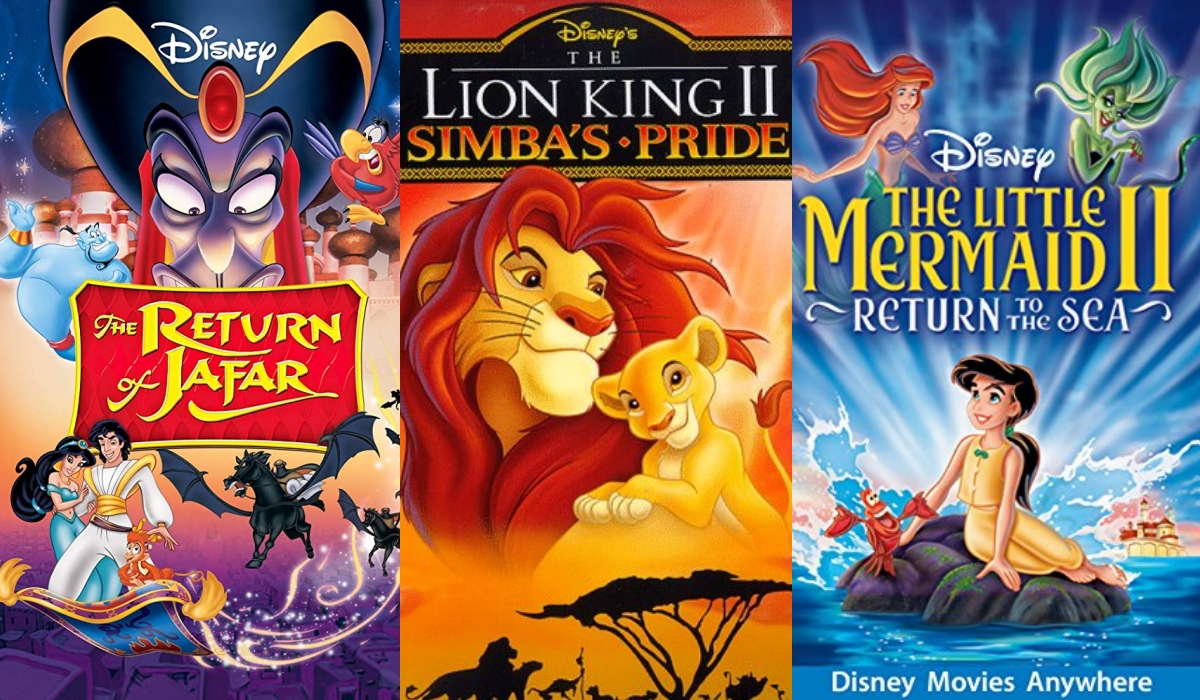
The list of poor decisions that occurred in the second half of Eisner’s tenure is unprecedented:
• Dramatic reductions in theme park spending impacting the construction of new parks and attractions but also the maintenance, cleanliness and even the safety of the exiting parks. Disney’s California Adventure, Disney’s Studios Paris and Hong Kong Disneyland were so poorly built or underbuilt that they would cost billions of dollars in the future to fix.
• Direct to video sequels to past classics that offered a short terms gain while causing long lasting damage to the originals and tarnished the Disney animation brand.
• Huge investments in the “Go Network”, Disney’s failed attempt at an AOL style Internet portal. Eisner spent 1.7 billion dollars to acquire Infoseek, a search engine that would be used as the foundation for Go. By the time Disney did this they were not only hopelessly behind the competition but the very nature of the Internet was shifting away from this type of service. After years of enduring gigantic losses the entire operation was abandoned.
• Eisner’s ego refused to allow him to negotiate a fair deal with Pixar, then owned by Steve Jobs of Apple fame. Jobs was far savvier than Eisner and in a better position to negotiate a new distribution deal for upcoming Pixar films. Jobs shopped future films to other studios and nearly left Disney altogether. The mending of the relationship and eventual merger with Disney only occurred after Eisner left and Bob Iger took control. Eisner soured similar relationships across the entertainment landscape.
• In-fighting and arguments within Disney at the highest corporate levels led to the loss of many talented individuals and in many cases the creation of new, direct competition for Disney. The greatest example is Jeffery Katzenberg, the man most directly responsible for the re-birth of Disney animation. When he was denied the presidency (after Frank Wells death) he left Disney and formed Dreamworks along with Steven Spielberg and David Geffen. Dreamworks went on to recruit many of the most talented artists from Disney and released a long string of hits such as the Shrek series.
• Eisner eventually installed his friend and long time Hollywood agent Michael Ovitz as president. Just over a year later Disney was forced to fire him and pay 140 million dollars to get him out of the company. It was an unmitigated disaster that was both embarrassing and costly for Disney.
• Disney’s America was going to be an all-new Disney resort celebrating the history of the United States. Located in Virginia near Washington DC the park was ultimately misguided and likely would have proven disastrous. Fortunately this bullet was dodged when local businesses and influencers complained loudly enough to make Eisner cancel the plans.
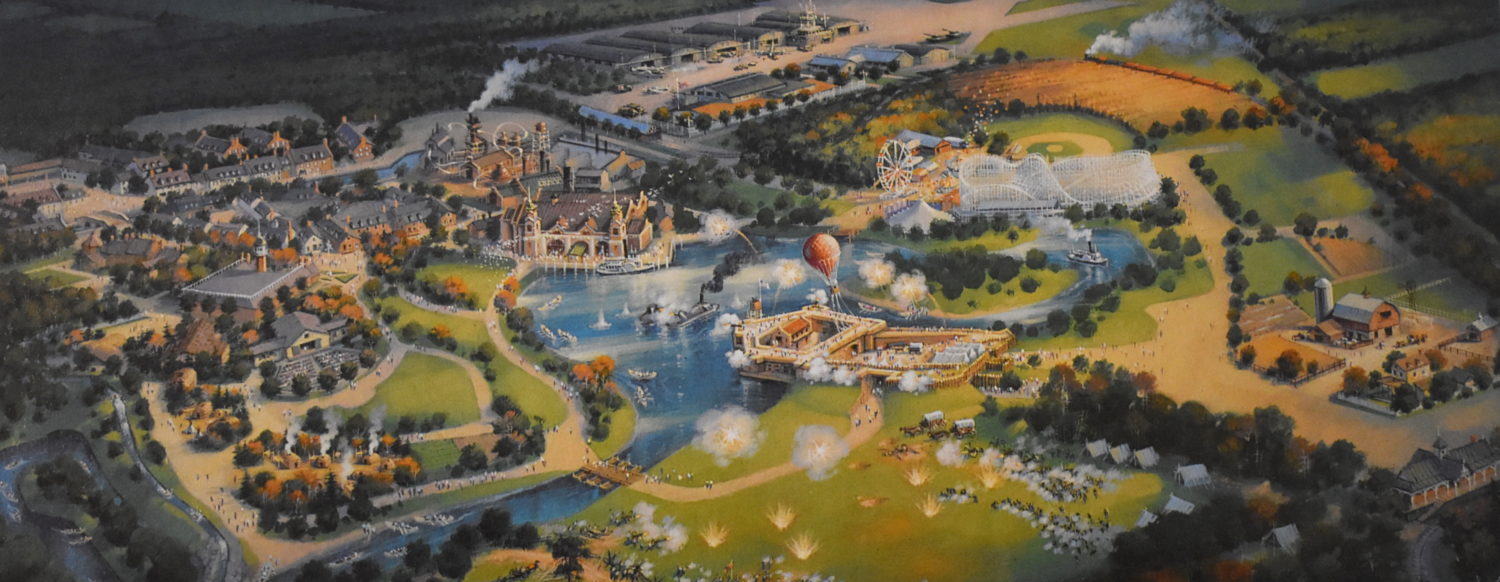
There are many more examples of missteps and blunders during these years and they all lay in stark contrast to the very impressive work Eisner pulled off during the first 10 years of his run. Why the change? Ultimately several factors all came together at once. The loss of Frank Wells removed his partner and stabilizing force. The failure of Disneyland Paris shook him, his ego prevented him from appointing capable executives to support him and the entertainment industry as a whole shifted in such ways that eluded him.
Ironically 20 years after Roy Disney resigned from the company positioning himself to bring Eisner onboard he once again resigned, but this time to remove Eisner. Roy started the “Save Disney” campaign and aggressively attempted to sway shareholders to vote against Eisner’s re-election. Eisner ultimately was re-elected but just barely. The writing was on the wall, the board and shareholders no longer had confidence in him and within a year he “retired”. This allowed Eisner to save face but Roy ultimately was successful in his goal to strip Eisner of power. Roy once again re-joined the company, this time with Bob Iger as CEO and Disney has gone on to become a juggernaut.
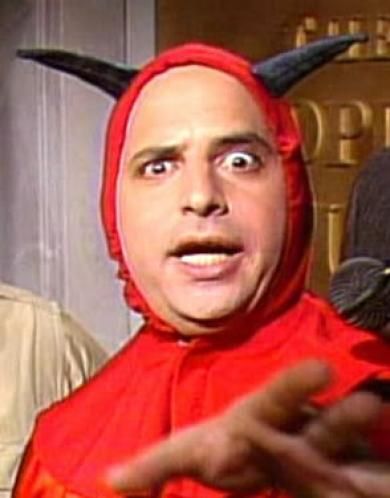
Was Michael Eisner the best CEO of Disney or was he the worst? Did he save the company and turn Disney into an industry force positioned to become a global powerhouse or did he nearly bring Disney to its knees with a series of indefensible blunders? Amazingly the answer is yes to all of these questions. Michael Eisner is simultaneously the savior and the oppressor of the company. He is both the angel and the devil sitting on Walt’s shoulders.
I will always look at Eisner with a certain sense of fondness, without him Disney would not exist today and in the end I think the company is better off for having him. However the last decade of his leadership was a dark time and I am happy to have it behind us. Michael Eisner proved that there can be no short-term gains without long-term consequences.
Now we have the new guy to worry about. Bob Chapek comes from a retail background and is known for cutting costs, placing an emphasis on merchandise at the expense of attractions. It feels eerily similar to the gloomy days of the Eisner era when retail executives were in charge of the parks, and they nearly ruined them. Lets hope that history does not repeat itself.



My father said you can do anything for 10 years, then you have to do something else, or change how you do it.
The top offices don’t have a clue about what is Disney’s top assets are. It is the happiest place on earth. Parks, movies, merchendies,all aspects , should coordiate and complement each other.
Eisner had a good run of about 10 years. I remember the Euro Disney fiasco. As I recall, Disney did not fully own Euro Disney but were getting a percentage. Disney kept accepting less and less as Euro Disney continued to fail. There was a lot more going on before Disney bought the park.
That would shake up any CEO but Eisner and Wells did stunning work together. If Eisner would have left after Wells passed, he would be remembered as the one who saved Disney.
Without Wells there to Temper Eisners ideas, no one could stop any bad ideas that he had.
Building on the cheap, well Igore had no clue about good well themed attractons and Chapek Cuts the budget before the projects are finished, leaving no chance that they will be successful.
The road Disney is on now is spiraling down, continued price increases, not very good attractions, requeing old IPS, I thought it was rediculous that they keep killing off the old stars of the IPS and what to start with new unknown charactors. The stories Disney comes up with make no sense, they have lost the magic.
Personally, I don’t see Disney keeping Chapek and they must give Igor the boot. Igor wants to spend out of control and Chapek cuts all the magic out of the parks. Neither can stay in power, so who will come in next?
I don’t see anyone in Disney with any creative ability to save the parks, it will have to be someone outside of Disney who has successful park experience.
I am thinking that perhaps the CEOs burn out after a time. They may be needed to retire after a 10 year term to bring in fresh people. What we have now is not saticfactory.
I thought this was a good read, as I didn’t really know the history of Disney beyond Walt. I will say as a company though, it’s sad how inaccessible they’ve become especially as it relates to the parks. It’s somewhat telling, because if you look at park admission prices you can clearly see a change in the mid-80s. Prior to that the price for admission had not changed (on an inflation adjusted basis) very much. But in the mid-80s is when the new model of constantly skyrocketing admission prices began. Sure he turned the company around, but did he also turn it into the soulless greed machine it’s become?
This is what makes Eisner and that era of Disney so complex. One may call it greed but corporations of any type exist to make money. That’s not really soulless, it’s what public company are expected to do. So on that level yes, Eisner did start the ball rolling down that path. On the other hand there would be no Walt Disney Company as we understand it without Eisner. There would be Disney characters and properties owned by various other companies and nothing that we know from 1984 or newer. This argument can be made about many companies that grow far larger than their origins. Walt’s company was a tiny fraction of Disney now. There is no easy answer ultimately.
Enjoyed these articles. I would love to see two more articles: one one the Iger years and one on Roy Disney. I know you guys spend most of your time at the Parkeology office sitting around playing solitaire on your computers or wadding up sheets of paper and playing trash can basketball so I’m sure you have plenty of time to get those knocked out. Seriously though, good stuff. I do appreciate the time you guys do put into writing these for our entertainment.
Hey Greg… we are considering doing exactly what you mentioned, looking at all the past and present leaders of the company. It is amazing and perhaps should not be surprising at just how immensely they affect the course of the company. Glad you enjoyed them… we appreciate you letting us know!
Hey you actually made the follow up post!
Enjoyed the read, even if knew much of the story already.
The more interesting half was probably the first, since I think we tend to forget the good he did BEFORE the bad.
Sadly Chapek seems all the worst of Eisner reborn. Not to confident in the future but we shall see.
Oh and caught another small typo.
Eisner “untimely” was re-elected but just barely.
Assume meant ultimately
Yea, Chapek is the least exciting CEO in maybe forever. At least the old school guys had a connection to Walt, Eisner did great things and had personality before he turned bad. Iger was business-like and relied too heavily on purchasing IP but clearly that worked incredibly well. Chapek seems to have no personality, no vision, no decernable mission combined with a background of costs cutting and retail. A bad combo.
Tanks for the typo catch, it has been fixed. We leave those like little Easter eggs to be found!